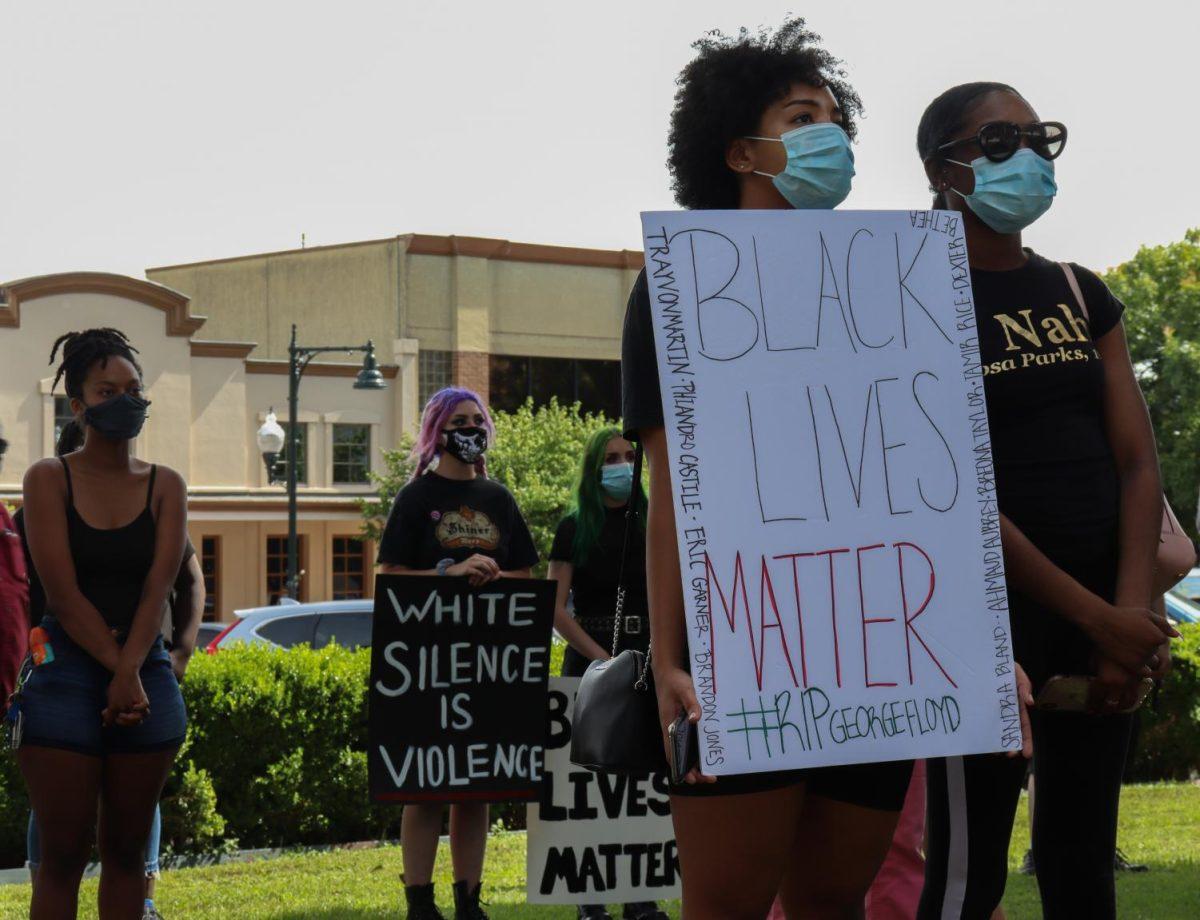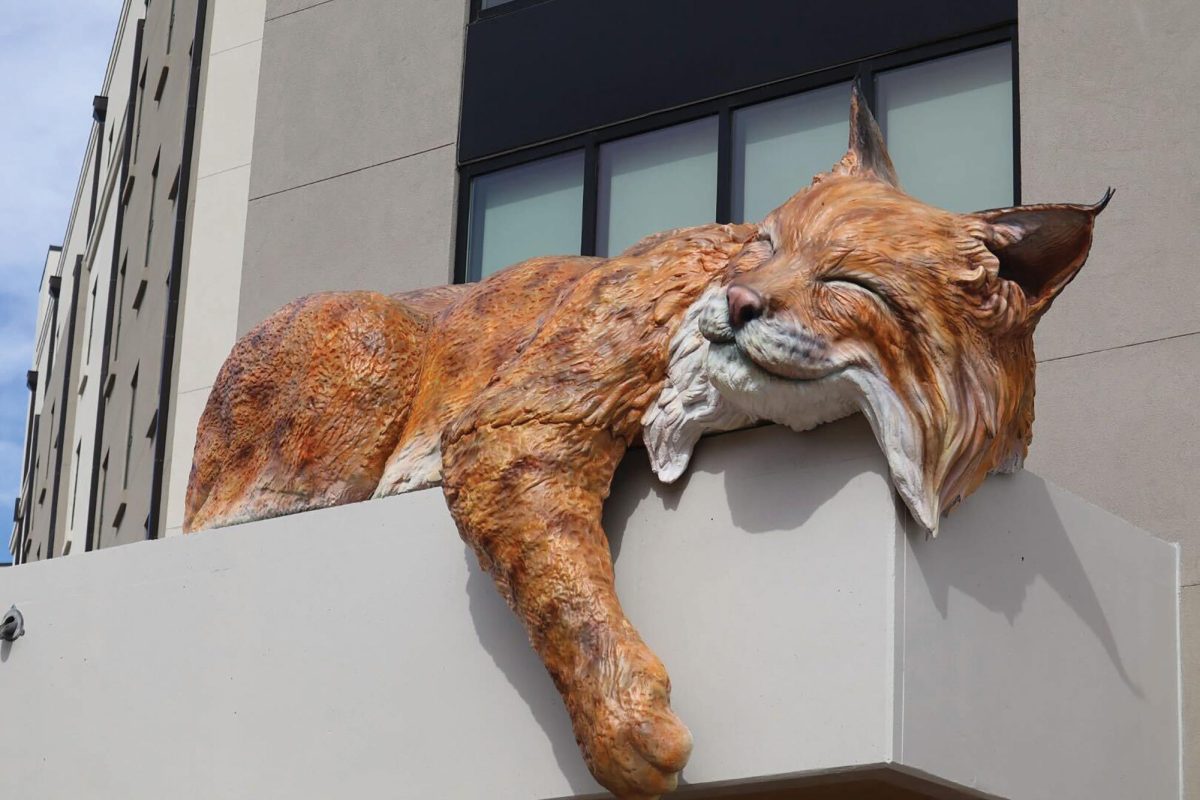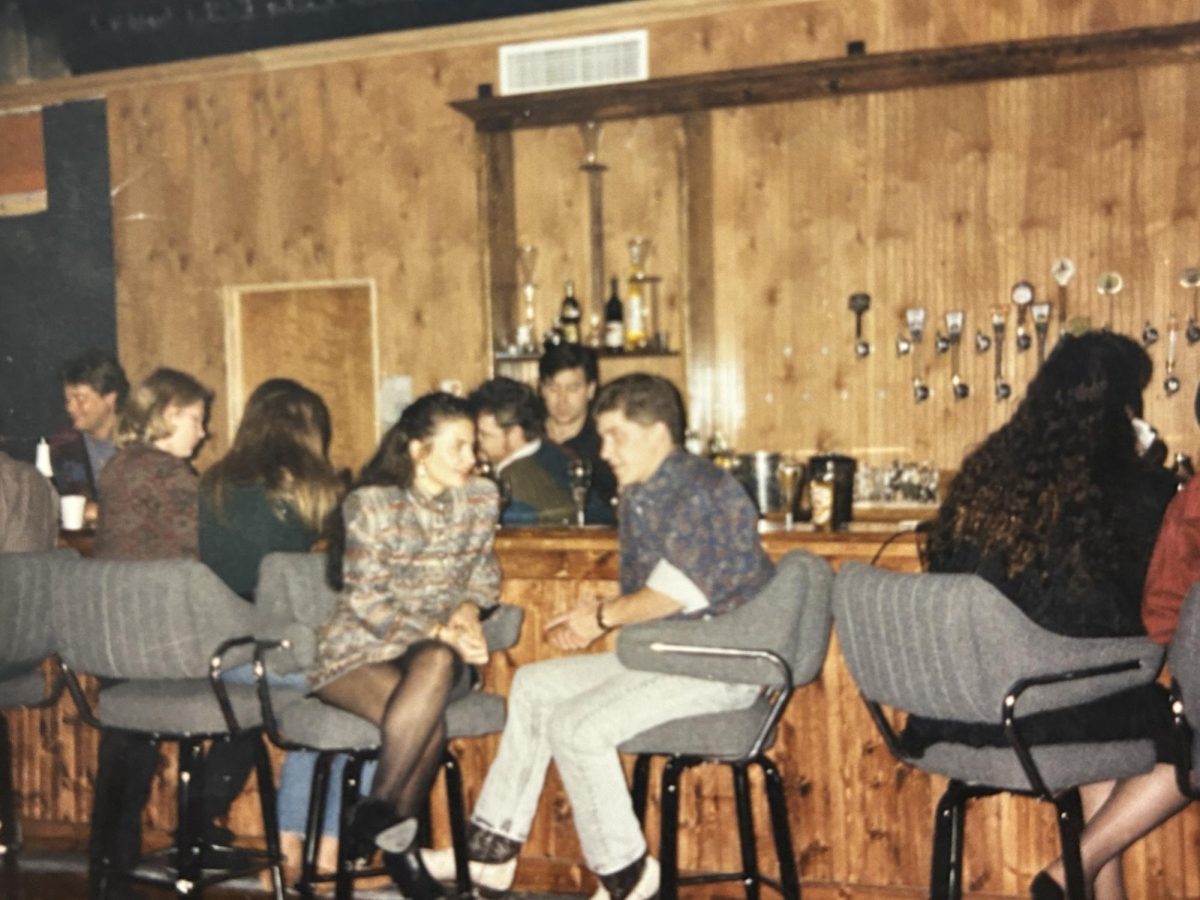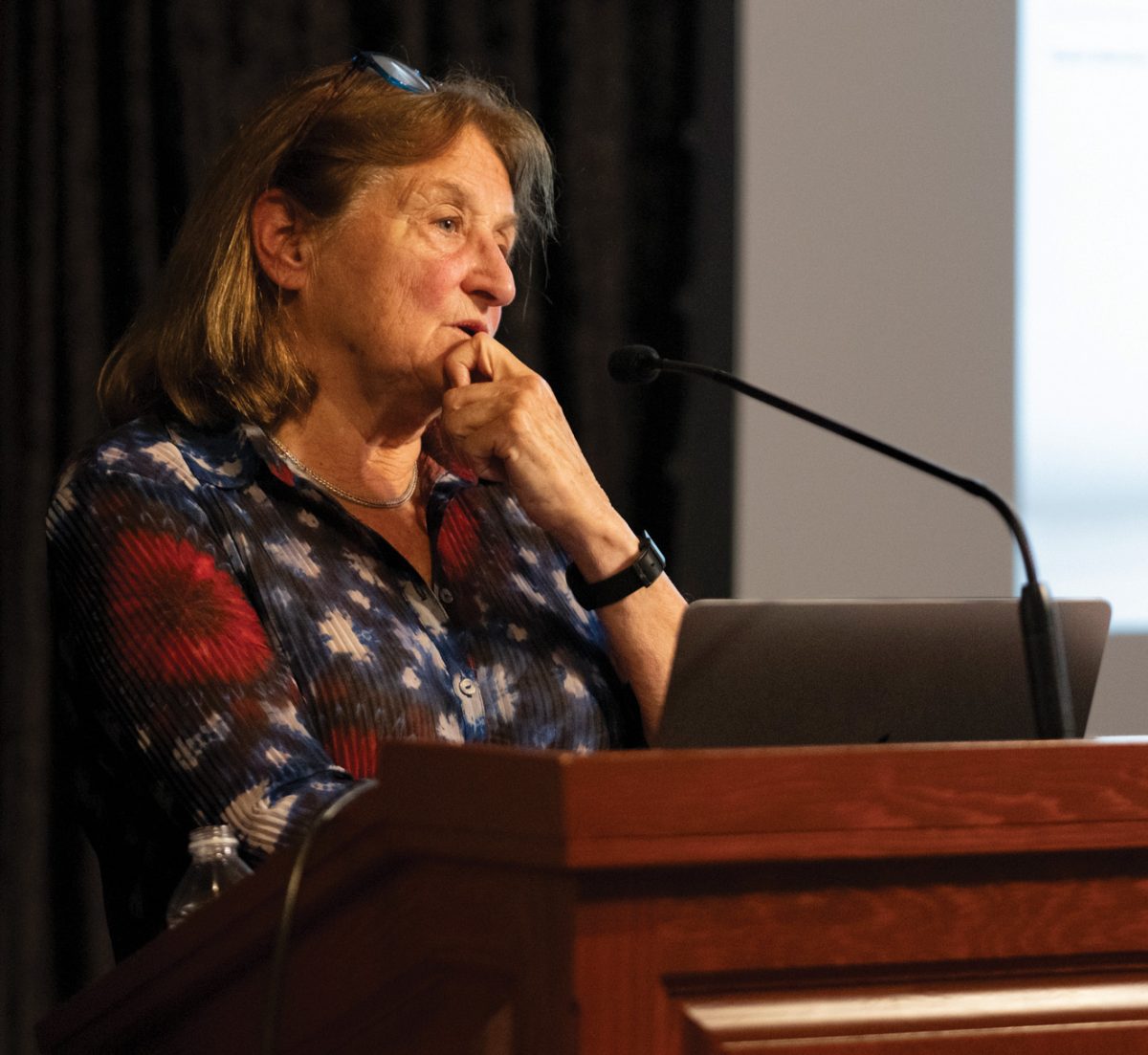Texas State students and faculty on Aug. 3 conducted part two of the university’s virtual Restorative Justice Town Hall series focusing on personal experiences of racial injustice.
Its theme focused on educating students, faculty and community members on the personal hardships and experiences of racial injustice Texas State students and faculty members have endured. The town hall series aims to engage viewers and panelists in conversations over race, transgenerational trauma, justice and law enforcement.
Dr. Stella Silva, assistant vice president for Institutional Inclusive Excellence for Faculty and Staff Initiatives, opened the program by welcoming panelists and viewers. She continued by introducing Provost and Vice President for Academic Affairs Gene Bourgeois.
In his opening remarks, Bourgeois said Texas State is taking action by providing an opportunity for Black faculty members and students to share their personal experiences.
“While this may seem passive, I want to acknowledge that our asking is long overdue,” Bourgeois said. “And we are appreciative that our community members are still willing to participate in this dialogue with us.”
The student and faculty panel consisted of April Barnes, Texas State alumna and director of Student Success Initiatives; Christopher Coffey, a graduate student and president of Queer Cats; Cree Taylor, a criminal justice senior and member of Texas State’s NAACP chapter; KeAirra Haynes, a social work senior and secretary of Texas State’s NAACP chapter; Dr. Miguel Guajardo, a counseling professor; Zachary Perkins, a senior and representative of the LGBTQIA+ coalition; Qy’darrius McEachern, a higher education graduate student; Evan Bookman, senior adviser in political actions for Texas State’s NAACP chapter; Dizzy Harrison, a sophomore and member of Hip Hop Congress; and Emari Shelvin, a Spanish senior.
In her introductory remarks, Dr. Dwonna Goldstone, director of African American Studies and moderator of the town hall, said it is important to take a minute to acknowledge the efforts made by people of color toward issues of racial injustice and systemic racism.
Goldstone started the dialogue discussing statistics on how Black people are three times more likely than white people to be murdered by a police officer despite the white people being more likely to be armed.
She continued by stating that in some states Black men are 20-24 times more likely to be incarcerated with longer sentences than white men even if it is for the same crime. Additionally, Goldstone said Black and Latinx people combined make up 60% of prison space in the U.S., also adding that out of the 30% of women imprisoned, about 13% are Black women.
Barnes said based on her own personal experience, she was not surprised by the statistics. As a mother of two, she said she had to teach her young sons from an early age what to do if they were ever pulled over by a police officer.
“I know as a student, I was pulled over for riding in the left-hand lane,” Barnes said. “This was not a rule I was even aware of. I was pulled over, I was searched, my car was searched, [and] I was even searched that late to where I was asked to spell my middle name as if my driver’s license was fake.”
Taylor also said the statistics were not surprising. She said rather than being seen as active members of society, people of color are often seen as threats to non-Black individuals.
“It doesn’t surprise me that people outside of us, outside of ourselves, outside of the people of color community, would want to essentially get us off of the streets,” Taylor said. “There is this stereotype embedded in their heads that we’re automatically a threat and we’re automatically causing issues when we could be doing nothing at all.”
Haynes said the statistic about Black women and women of color making up 13% of the women incarcerated stood out to her because oftentimes when police brutality and racial inequality are discussed, Black women are erased from the narrative.
“We really don’t talk about women as much as males,” Haynes said. “I know the only two solid women that I can remember talking about was Sandra Bland and Breonna Taylor.”
Inspired by a viewer’s comment, Goldstone then asked the panel if they could recall the exact age they felt different because they were Black or Latinx.
McEachern said he first noticed he was considered an outsider when he joined Boy Scouts—a predominately white organization.
“One thing that showed me racism is taught is just how much they made me feel different because I was Black,” McEachern said. “Somewhere in elementary school, I realized that Blackness was not as good as whiteness.”
Guajardo said growing up in a world crafted for white people made him feel like he was betraying the values and beliefs he was taught at home. He said when he first became a faculty member at Texas State he was eager to uphold the commitment to be responsive to the needs of Latinx students but quickly felt like an outsider at a predominantly white university.
“I walked into my first class; I don’t know the environment, so I show up early,” Guajardo said. “I sit in one the desks and as people started to walk in, I stand up and I said, ‘let’s rearrange the room.’ The students look at me and say ‘no, this is fine, this is the way we like it.’ It took me about a second and then I caught it. ‘Oh my God, they don’t think I am a faculty member’.”
Goldstone continued the conversation and asked the panel what Texas State could do to enhance the experiences of students of color.
Harrison said to make students of color feel more comfortable, Texas State should hire more Black faculty members and replace the University Police Department with professionals who are trained to de-escalate situations. Harrison also suggested Texas State should provide more Black mental health professionals.
Shelvin said Texas State often takes too long to respond to the needs and demands of students after a situation has already escalated.
“Stop making students feel the need to bully you into caring,” Shelvin said. “Every time something happens we’re like ‘Hey what about international students’ and we have to create a petition and all that just to get our university to care.”
The final question to conclude the town hall was, “What is one thing you want people to take away from this conversation?”
Taylor said it becomes dangerous when white people or allies assume they have done enough to spread awareness and help causes for racial justice and social change. Taylor believes when someone assumes they have done enough, the effort toward the movement dies down and eventually leads the person to stop fighting altogether.
To conclude the second installment of the three-part town hall series, Goldstone thanked the panelists for their vulnerability and the viewers for listening with compassion.
“I think a lot of white people need to just come and just listen,” Goldstone said. “Not listen to respond but just come and listen.”
The third and final installment of the three-part town hall series will be held at the beginning of the fall semester. Time and date for part three of the series is to be announced.
For additional information on Texas State’s Restorative Justice Town Hall Series, visit the Institutional Inclusive Excellence website.
Categories:
Texas State returns for part two of Restorative Justice Town Hall series
August 4, 2020
A crowd gathered around the Hays County Courthouse with signs and listened as speakers opened the gathering, Friday, May 29, 2020, at the organized protest for justice for George Floyd and Breonna Taylor in San Marcos.
0
Donate to The University Star
Your donation will support the student journalists of Texas State University. Your contribution will allow us to purchase equipment and cover our annual website hosting costs.
More to Discover








